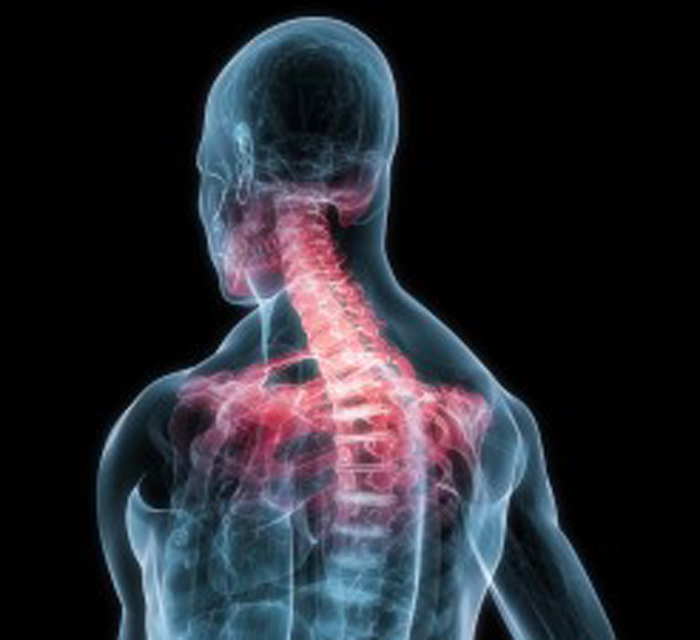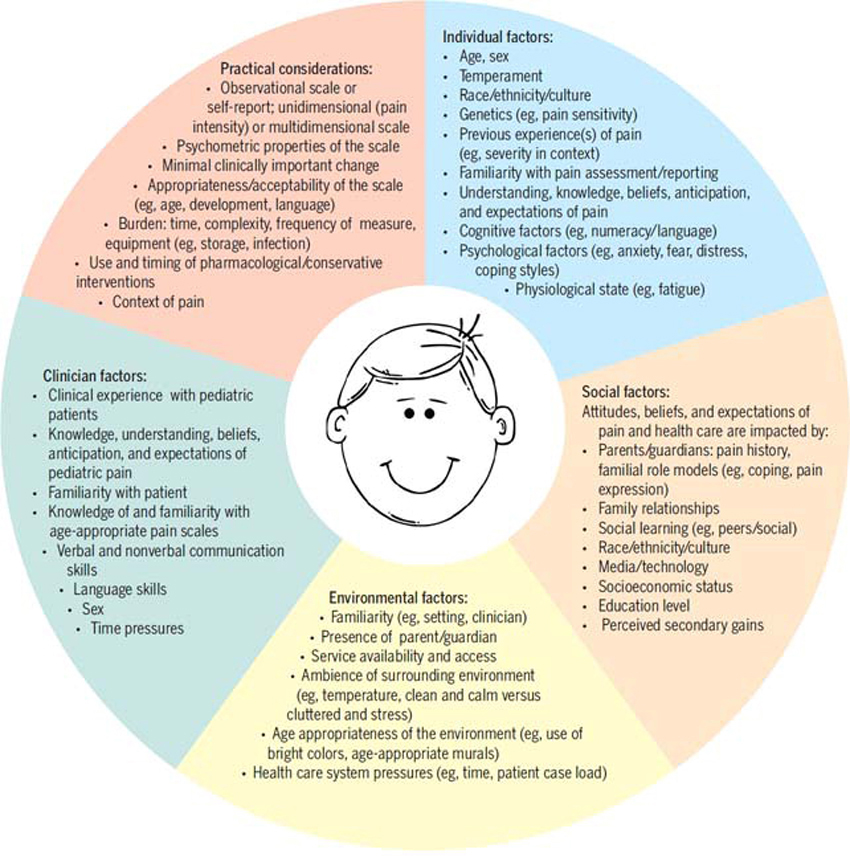What is Different About Spinal Pain?
SOURCE: Chiropractic & Manual Therapies 2012 (Jul 5); 20 (1): 22 ~ FULL TEXT
Howard Vernon, DC, PhD
Division of Research,
Canadian Memorial Chiropractic College,
Toronto, ON, Canada.
hvernon@cmcc.ca
BACKGROUND: The mechanisms subserving deep spinal pain have not been studied as well as those related to the skin and to deep pain in peripheral limb structures. The clinical phenomenology of deep spinal pain presents unique features which call for investigations which can explain these at a mechanistic level.
METHODS: Targeted searches of the literature were conducted and the relevant materials reviewed for applicability to the thesis that deep spinal pain is distinctive from deep pain in the peripheral limb structures. Topics related to the neuroanatomy and neurophysiology of deep spinal pain were organized in a hierarchical format for content review.
RESULTS: Since the 1980’s the innervation characteristics of the spinal joints and deep muscles have been elucidated. Afferent connections subserving pain have been identified in a distinctive somatotopic organization within the spinal cord whereby afferents from deep spinal tissues terminate primarily in the lateral dorsal horn while those from deep peripheral tissues terminate primarily in the medial dorsal horn. Mechanisms underlying the clinical phenomena of referred pain from the spine, poor localization of spinal pain and chronicity of spine pain have emerged from the literature and are reviewed here, especially emphasizing the somatotopic organization and hyperconvergence of dorsal horn “low back (spinal) neurons”. Taken together, these findings provide preliminary support for the hypothesis that deep spine pain is different from deep pain arising from peripheral limb structures.
CONCLUSIONS: This thesis addressed the question “what is different about spine pain?” Neuroanatomic and neurophysiologic findings from studies in the last twenty years provide preliminary support for the thesis that deep spine pain is different from deep pain arising from peripheral limb structures.
From the FULL TEXT Article:
Introduction
Case scenario
A 45-year old male presents with chronic lumbosacral pain and some pain in the posterior thigh. Examination rules out any overt disc herniation with radiculopathy. X-rays show no spinal pathology.
Basic differential diagnosis options:
- Back pain with referred leg pain (one problem with two clinical manifestations: one primary, the other secondary)
- Back pain and an associated, but not causally connected problem in the posterior thigh (two separate problems)Both of these options share an acceptable clinical logic; their distinction would be made on the basis of further history and examination for signs that were consistent with one or the other explanation.However, there is a third option to consider:
- Primary problem in the thigh referring pain to the back (reverse circumstances to #1).
It is my contention that this third option does not enjoy the same “clinical logicalness” as the first two, and would very likely not even be entertained as a possibility.
In this paper, I would like to explore why this is so. The answer that compels itself is rather simple, but not widely accepted to date: pain from deep spinal tissues is different than pain from deep tissues of the peripheral somatic structures (upper and lower limbs as well as the facial region), and the nature of referred pain from these structures is one of the critical distinctions.ms, especially at the level of the periphery and the spinal cord [122-124]. However, the degree to which any of the vast amount of work on animal models correlates directly with human clinical phenomena is an ongoing challenge. In the present report, a confluence of evidence from animal and human studies is presented which appear to provide reasonable support for the primary thesis.
A second challenge lies in the circumstances for which a claim of distinction between spinal vs peripheral pain is tenable. In the discussion of referred pain, above, mention was made of various clinical circumstances where our thesis ought not be applied or where such application would be challenging. This situation reflects the complexities inherent in the topic of deep pain as well as the limitations of applying any one theoretical mechanism to that problem and to the problem of chronic pain in general.
The distinction which was already made between somatic referred pain and radicular or neuropathic pain from spinal or peripheral neural entrapment syndromes should not pose a challenge to my thesis as these are clearly distinct pain mechanisms.
Pain behaviors in syndromes which are based on disturbed central pain mechanisms such as in central post-stroke pain and in fibromyalgia pose a modest challenge to my thesis. In these syndromes, normal pain mechanisms at the level of the periphery and spinal cord are substantially altered by centrally-generated mechanisms, making the kind of comparisons between deep spinal and peripheral pain mechanisms which we discuss in this thesis much more problematic [125, 126]. Pain referral patterns in these syndromes may not adhere to the strict distinctions we have drawn here between spinal and peripheral limb sources. However, these syndromes are relatively easy to diagnose, so that the clinician is likely to be aware that this is the basis for non-conventional pain referral patterns (especially proximal referral from the limbs, which may be found in some fibromyalgia patients).
The greatest challenge to my thesis appears to arise in regard to the phenomenon of myofascial trigger points (MTrP) either as singular entities or as part of what may be diagnosed as ‘regional myofascial pain syndrome’. Here, we may be required to distinguish between “spread of pain” vs referral of pain. MTrP’s on the torso and in the peripheral limb muscles appear to generate both spread of local pain as well as referral of pain, to distant sites [46, 47, 127-130]. “Spread” of pain is generally regarded as based on peripheral sensitization [46, 47, 127, 128, 130, 131] and may be related to local hyperalgesia. As pain or tenderness spread out from the hyperalgesic zone, this may appear to include proximal sites; however, this should be distinguished from proximal pain referral. With regard to actual referral of pain, Simons has opined that at least 85 % of MTrP’s refer pain in a distal direction [131], and this is generally in accord with my thesis. In the minority of other cases, perhaps what appears to be ‘proximal referral’ may actually be local spread to include some proximally located distribution within the same muscle or within the same sclerotome. This would make actual referral of pain from a peripherally-located MTrP to the spine itself, much less common whereas the opposite is much more common. This, again, is generally in accord with my thesis.
sis is both speculative and provocative at the same time.





Leave A Comment